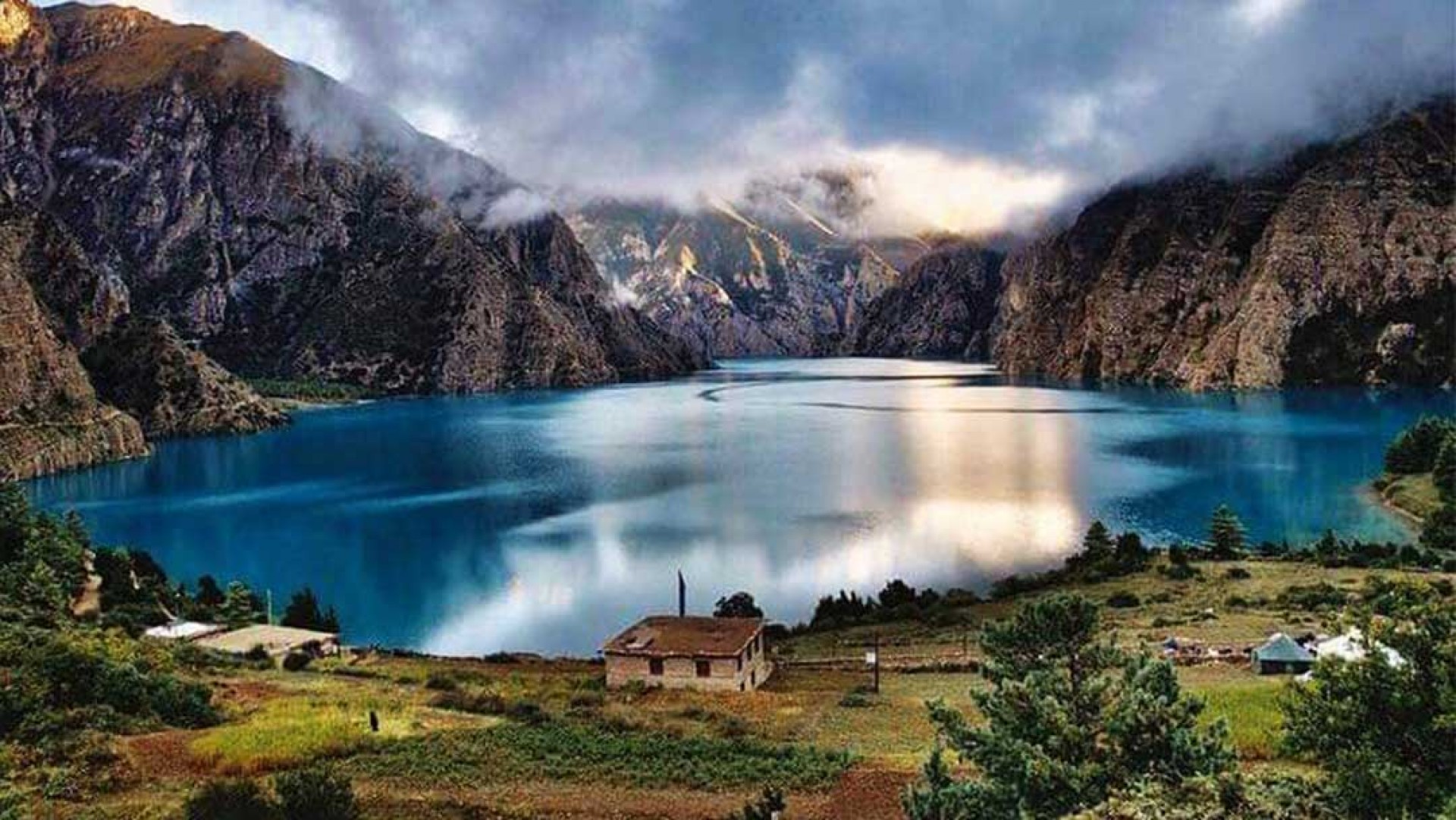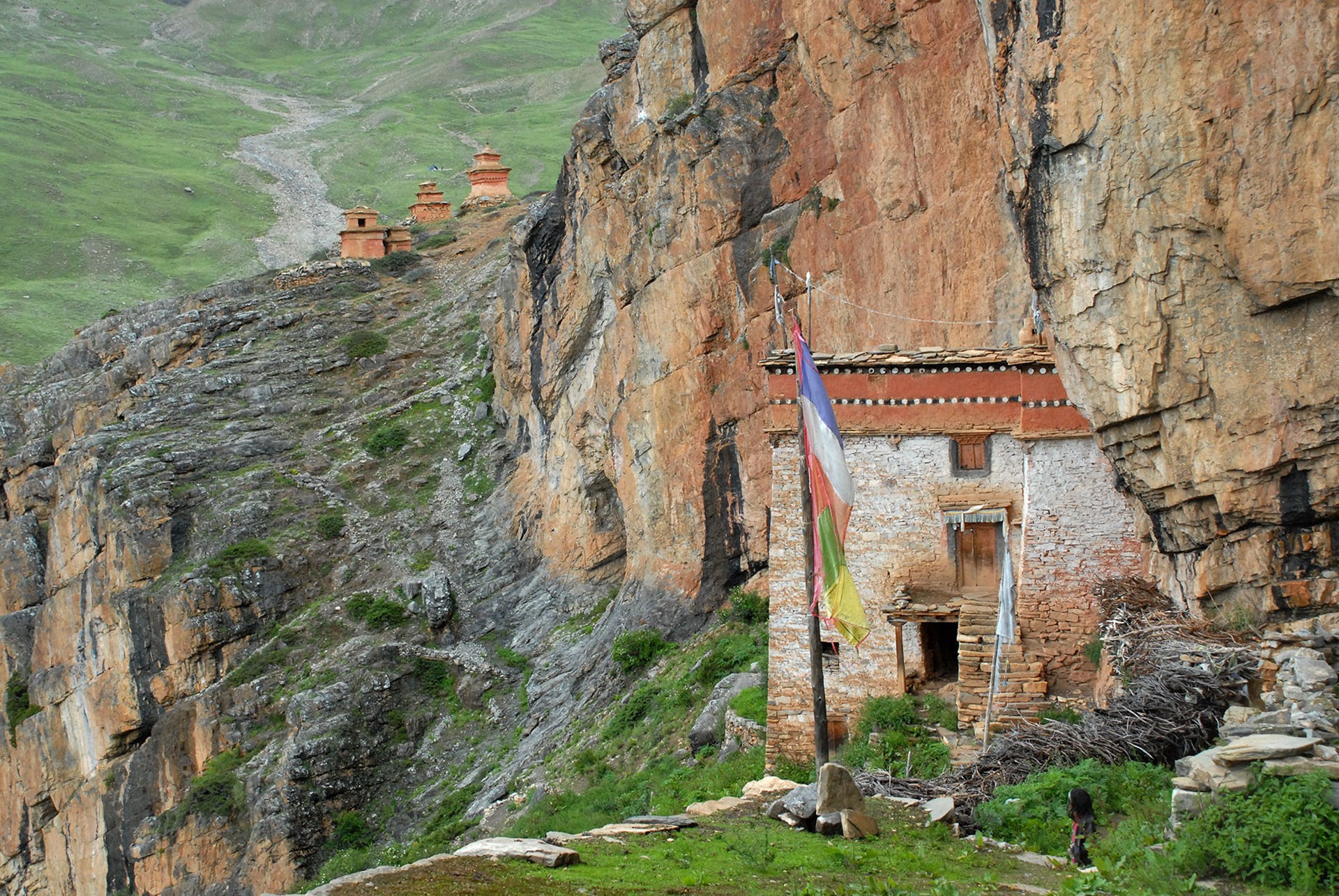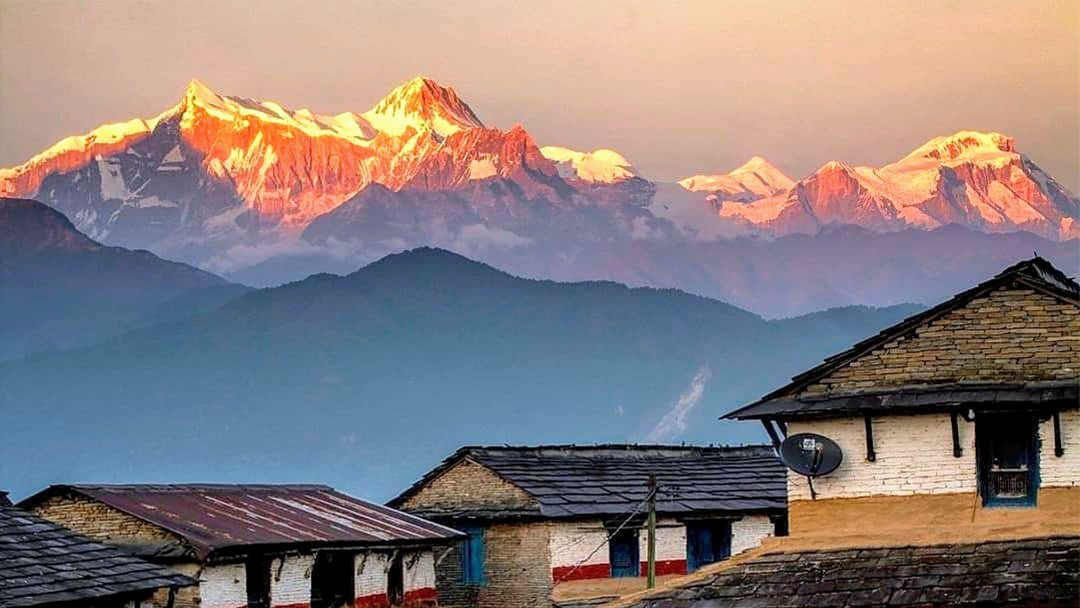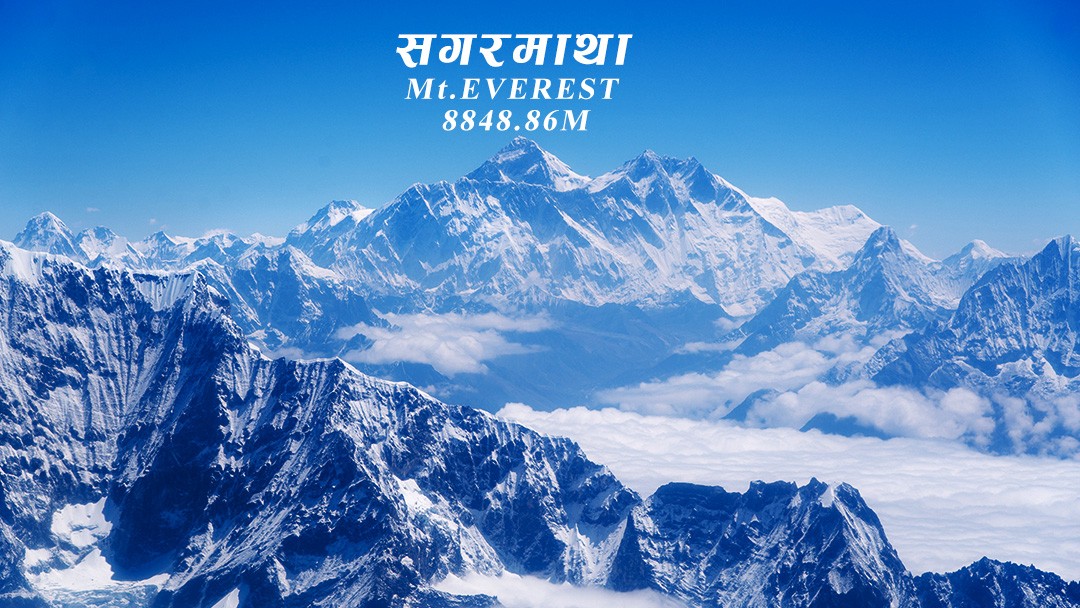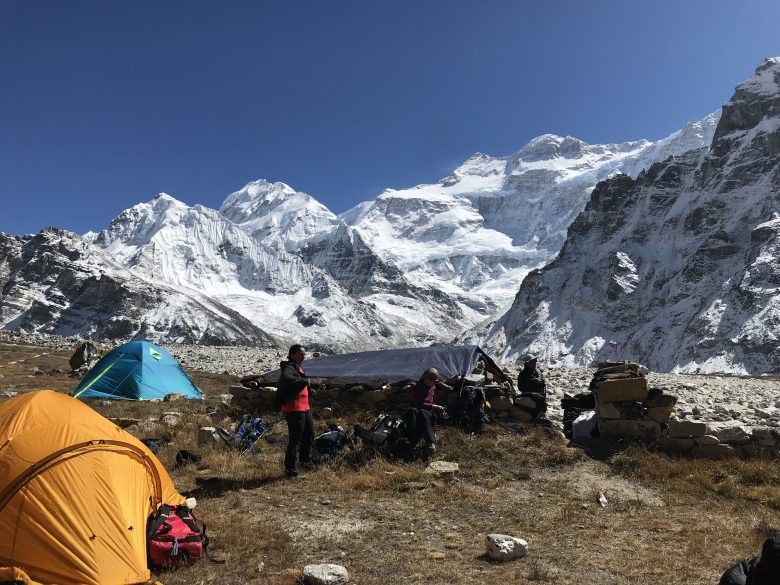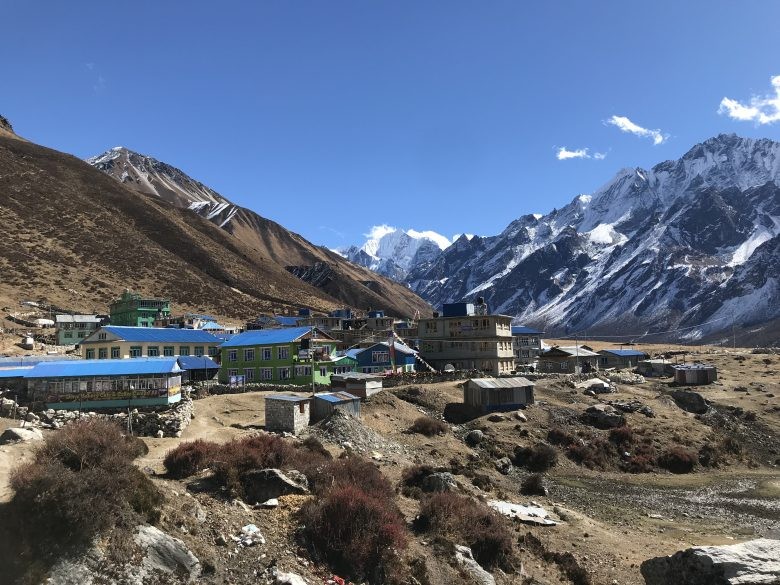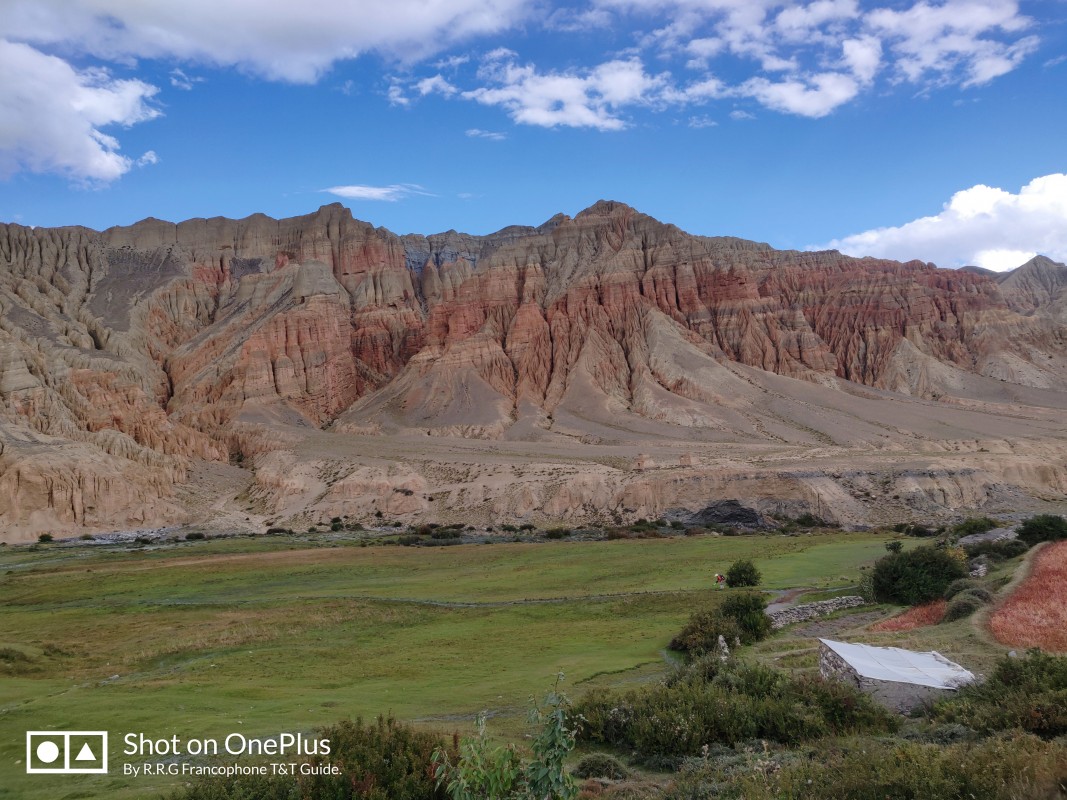Dolpo Trekking
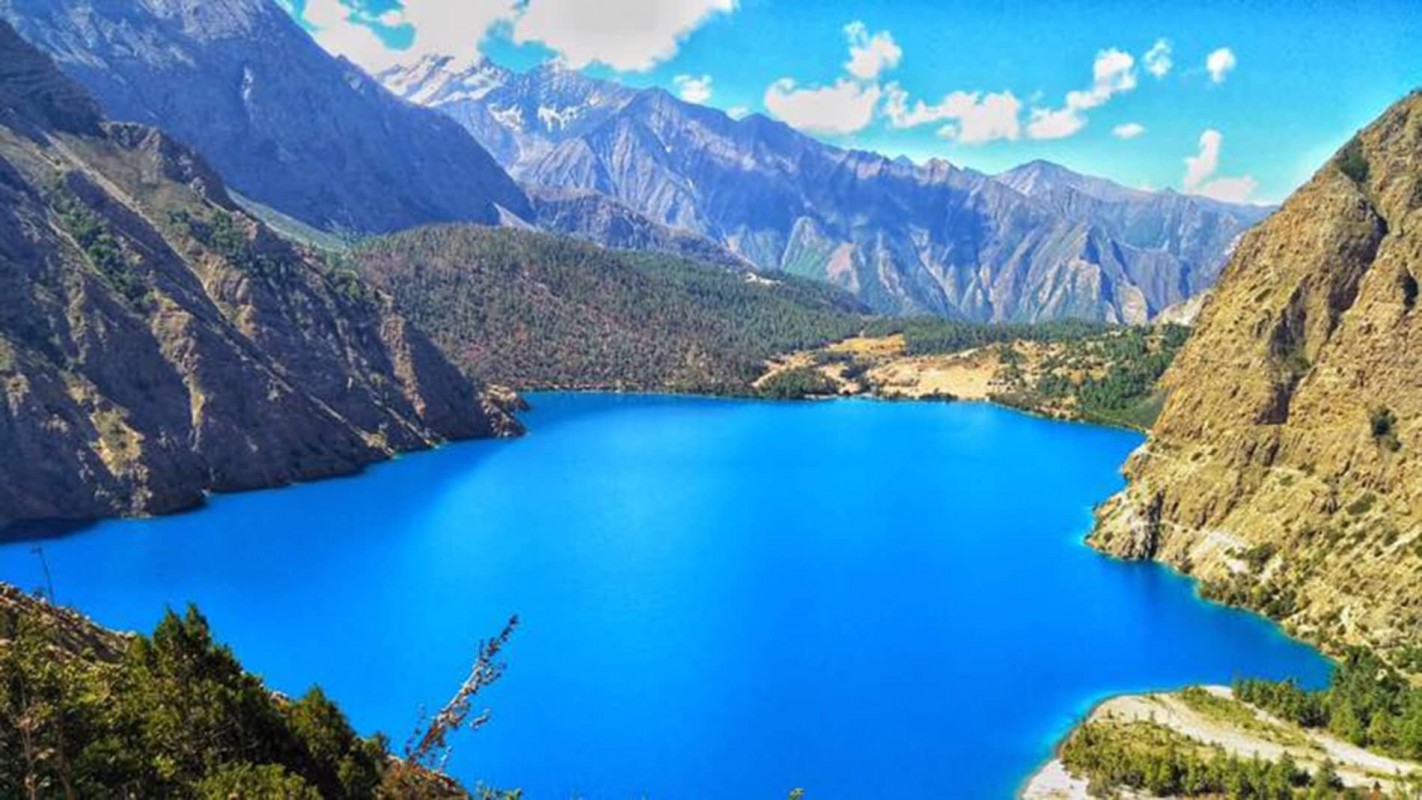
Dolpo
Situated behind the main Himalayan barrier west of Dhaulagiri (8167m), the “7th highest mountain on earth”, and close to the Tibetan border, the mysterious region of Dolpo was only opened to foreigners in 1989. Nature has bestowed secret treasures on this mythical land. Its cliff-hanging monasteries, brooding canyons, and glittering glaciers, the exotic Tibetan culture adds intrigue and color to this hidden Shangri-La.
The long-isolated Dolpo region is one of Nepal’s last major Himalayan jewels to behold; a glittering array of panoramas, peaks, and peaceful valleys awaits the adventurous and inquisitive explorer.
The trails are varied and enticing; some crisscross the intricately sculpted hillsides, while others head into cool, refreshing, scantily clad hillsides. Just a few of the trails contour gently along, but it seems that the majority of them soar to the skies and dive to the depths with increasing frequency and gradient. Wispy woodlands give way to upland moorland and barren slopes devoid of life. Higher trails lead to a silent high mountain desert. All life is encountered along the trails in the tiny villages with centuries-long Tibetan Buddhists and practitioners of the ancient Bon religion.
Legend says “Dolpo” is one of the “hidden valleys” created by Guru Rinpoche as a refuge for pure mind. Nepal’s deepest pristine lake, Phoksundo locally pronounced Phoksumdo was formed when a spiteful demoness flooded a village for revealing her whereabouts to the Saint Padmasambhava.
TOP FACTS
- Dolpo is the largest district in Nepal. The highest mountain is this region is Churen Himal (7381m).
- Shey Phoksundo National park occupies it’s 3,555 km2 and home of blue sheep, Himalayan black bear, wolves, and the snow-leopard.
- Dolpo is famous for Oscar nominee movie “Himalaya” pristine turquoise Phoksundo Lake, Shey Gompa (monastery) said to be 800 years old, and for its desert-like Tibetan plateau.
- Dolpo lies behind the rain shadow of the Dhaulagiri Himal range.
- Dolpo is also very famous for high-quality Yarchagumba, part plant and part fungus for its medicinal qualities. Mid May to mid-June is the season to collect Yarchagumba which grows only in certain areas above 3500m.




